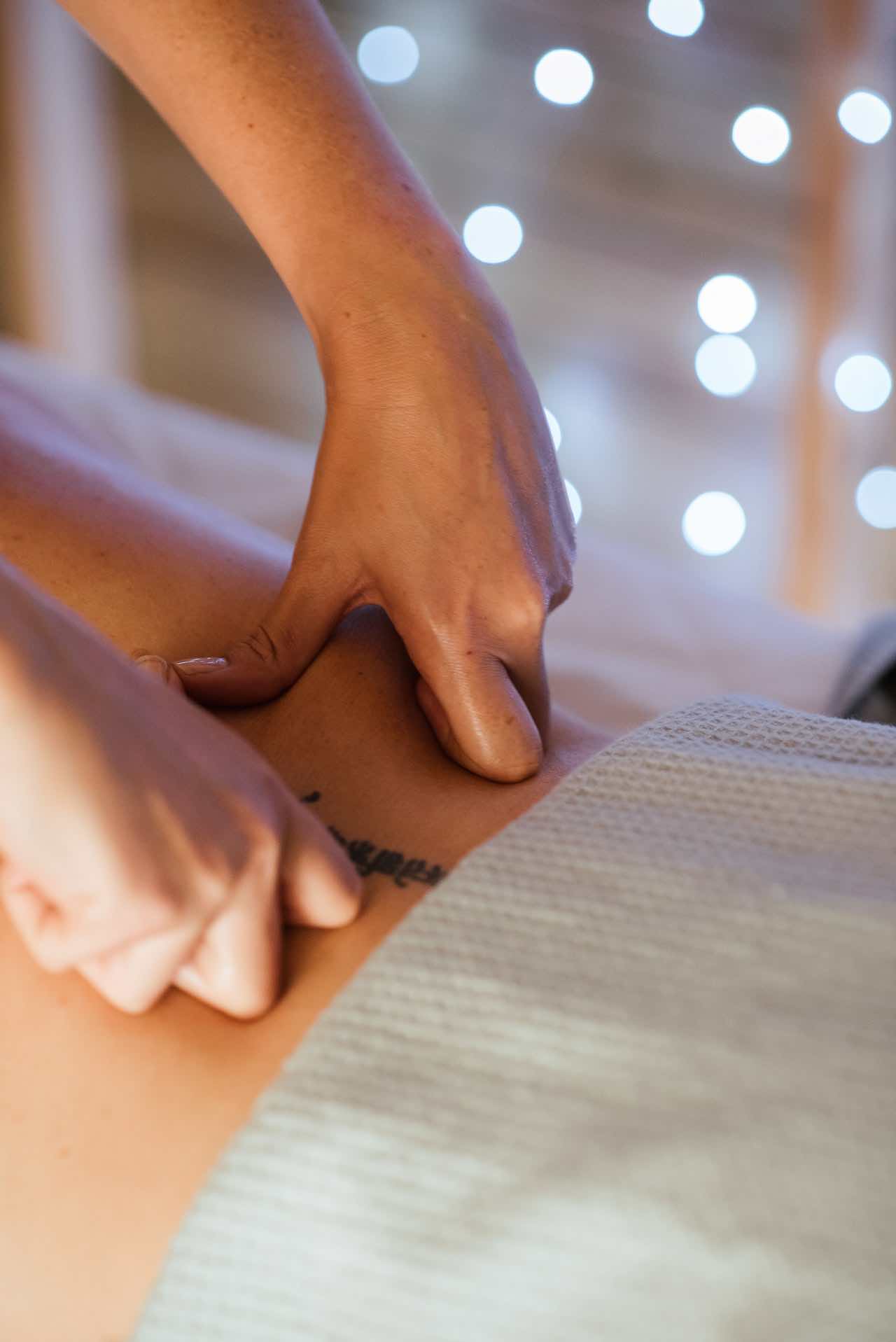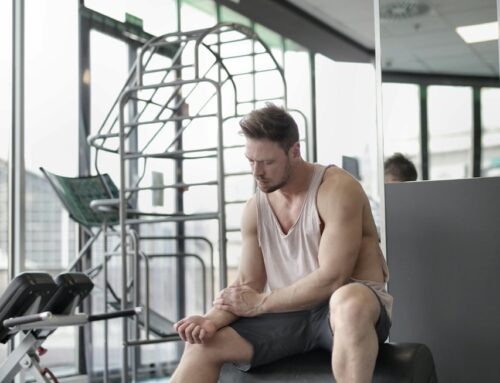Shiatsu is a type of bodywork from Japan. It uses kneading, pressure, comfort, touch, and stretching techniques and is performed oil-free in light, comfortable clothing.
“Shiatsu” means “finger pressure.” There are different types of Shiatsu, all of which have their origins in one of three systems created in Japan in the very early 1900s as a result of the revival of traditional Japanese medical therapies consisting of acupuncture and Anma massage. Shiatsu has now established itself as a combination of standard Japanese manual therapy with modern Western medical studies.
In the United States, Shiatsu is one of the core therapies within the more extensive Asian Bodywork Therapy class.
How can Shiatsu help your health and well-being?
Shiatsu is a non-invasive therapy that can help reduce tension and improve overall well-being. Proponents believe it has both preventive and restorative results.
Shiatsu can be used to treat a wide range of internal, musculoskeletal, and emotional problems. It is supposed to reduce muscle stiffness, stimulate the skin, help digestion, and act on the nervous system. Shiatsu is used to give treatment to a wide range of conditions such as disorders, PMS, digestive disorders, exhaustion, sleep problems, fibromyalgia, stress and anxiety, and anxiety, as well as musculoskeletal pain, which consists in reducing back, neck, and also pain in joints.
The result can be tonic, stimulating, or soothing-sedative, depending on the purpose of the session.
What are the principles of Shiatsu?
Qi is one of the fundamental ideas of Sino-Japanese medicine. It is the life force in our body that underlies all actions.
Qi or Chi moves along specific paths called meridians. The Shiatsu therapist accesses Chi through factors along the meridians called vital points. Health exists when there is a lot of Chi in the meridians, and the flow is unhindered. Symptoms occur when Chi becomes deficient or imbalanced or the flow of Chi is obstructed. Seemingly minor signs appear, such as common colds and flu, daily upsets, body and muscle aches, or problems with the digestive system. These are signs of Chi inequality. Shiatsu promotes and also harmonizes the circulation of Chi throughout the body.
The Shiatsu specialist is trained to recognize disharmony patterns in the body even before physical signs appear. Basic but advanced adjustments are indicators of an imbalance that, if left alone, can develop to the point where symptoms appear. Balance can be revived with appropriate assessment and regular Shiatsu sessions. Shiatsu specialists can also provide advice on lifestyle and tasks.
What happens in a Shiatsu session?
At the beginning of the session, the therapist assesses the client to identify patterns of imbalance that may be present. It is essential to determine the “state of Chi” so the practitioner can give the client one of the most effective healing sessions. The professional then develop a strategy that will provide the client with one of the most therapeutic benefits according to their personal needs.
Shiatsu – neck and shoulder massage
Shiatsu uses various manual techniques to access the body’s vital Qi, including pressure, massage, soothing touch, and expansion. In case the strength of the client is reduced or insufficient, the practitioner uses specific techniques to improve and revitalize the Qi. The therapist uses methods to dissipate the “extra” force when the client is overstressed, agitated, or nervous. By doing this, Qi is controlled. Shiatsu helps relieve problems, restore balance and improve well-being.
A regular Shiatsu maintenance program is an excellent way to maintain good health and increase vitality. This routine will certainly vary for each person. For some, one Shiatsu session per month can help maintain balance. However, for others, stressful work, household chores, an overly active lifestyle, lack of exercise, or other factors may require additional Shiatsu sessions.
Any hard evidence?
Shiatsu is a key therapy in Japan, and periodical studies are published in Japanese journals. This study is not generally published in English and may still need to be available for the U.S. target market.
In the U.S., Shiatsu is usually considered part of either massage therapy or acupuncture. So the central body therapy research grants have been focused on massage and other treatments. Much of what is offered regarding evidence in the U.S. is anecdotal or based on the experience of Shiatsu clients and professionals. However, institutions and individuals are beginning to organize Shiatsu training sessions. A study on the effectiveness of Shiatsu therapy is currently underway in Europe.
However, while the evidence is limited at this point, it’s worth keeping in mind that the risk is reduced, and there are significant benefits reports.




